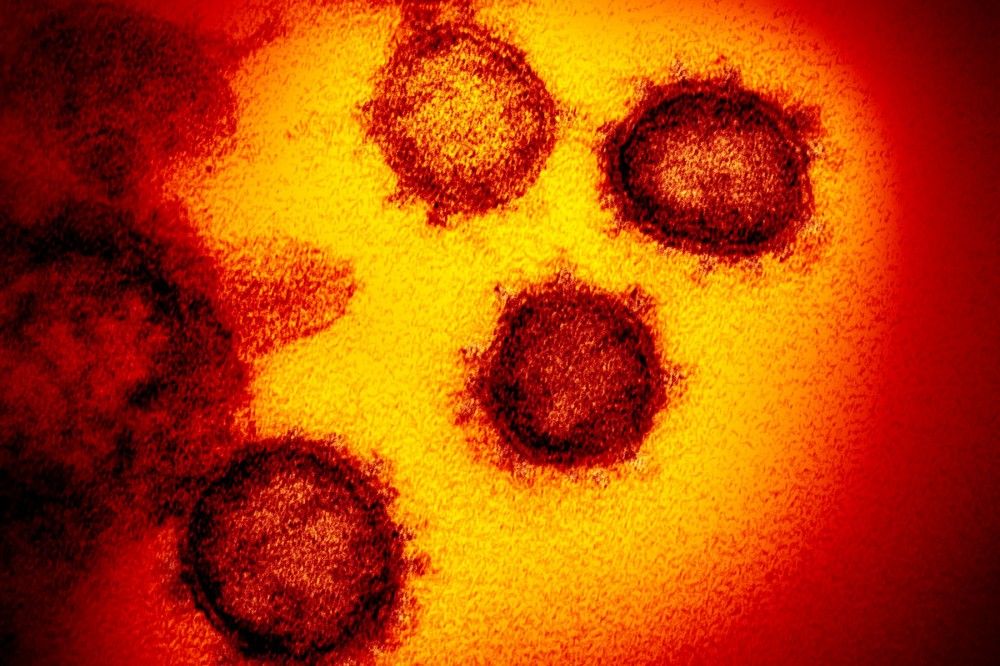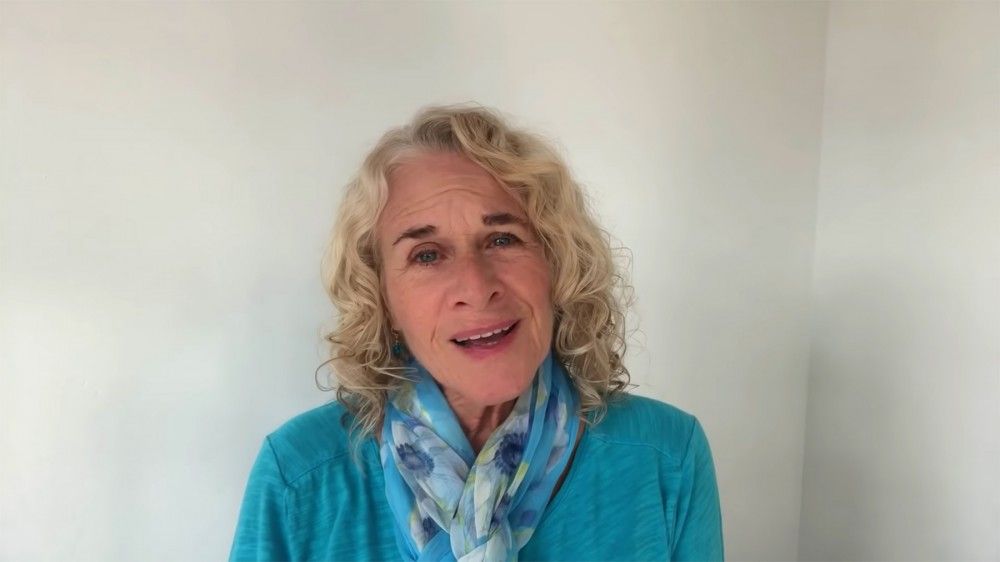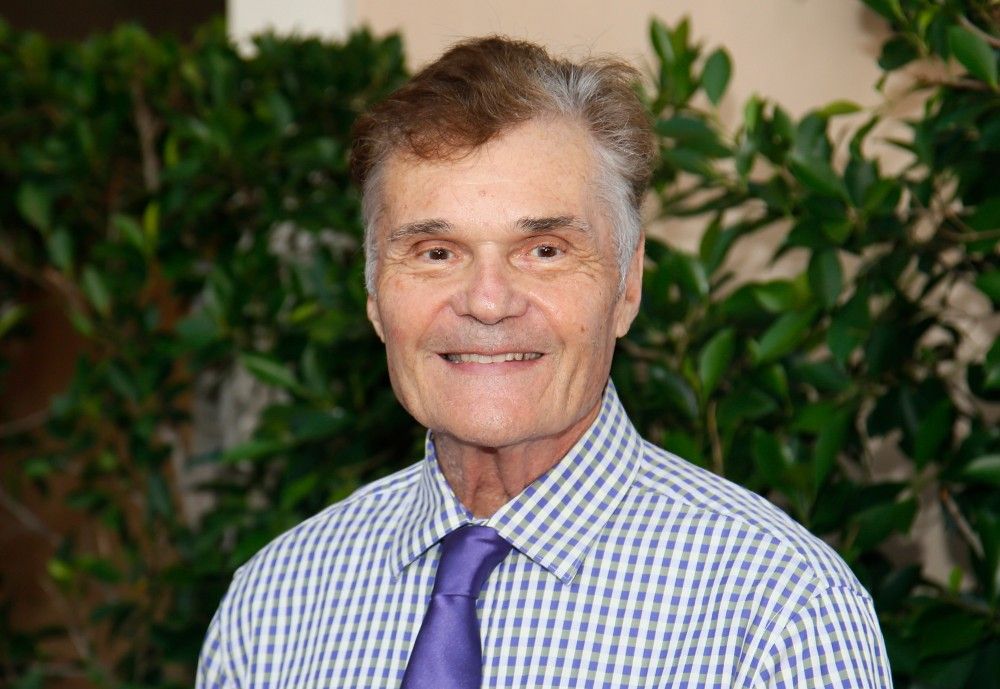
How Some Molecular Biophysicists Are Trying to Find a Cure for COVID-19
As COVID-19 (otherwise known as novel ) spreads around the globe and the United States — where it has killed an estimated 27 people as of this writing — health care experts and scientists are working around the clock to try to find a vaccine or cure. One of these people is Jeremy Smith, governor’s chair at the University of Tennessee Knoxville and director of the University of Tennessee Oak Bridge National Laboratory Center for Molecular Biophysics. Smith is one of the researchers behind a new study using the supercomputer Summit, which attempted to identify compounds that could be used to to fight the disease. The study, which appeared in ChemRxiv (an open-access website where scientists can post research in progress), looked at 8,000 potential compounds, identifying 77 small-molecule compounds that could potentially be useful. While the work is in its very early stages, and the paper has not yet been peer reviewed by a scientific journal (as is standard for scientific publications; they wanted to get their research out there as quickly as possible), it could potentially lay for the groundwork for future research into therapeutic treatments for coronavirus. As we spoke, 50 compounds were being tested in a lab in Memphis.
Smith had an ulterior motive in talking to Rolling Stone: “A lot of rock musicians are now over 60, as you are aware, including my band which is called the Grey Ridge Boogie Daddies and I’m the bassist. We are susceptible to this novel virus,” he said, laughing. “We want to find a drug that would allow us to keep playing rock music. So that’s a personal touch to this.” He took a few minutes out of his schedule researching infectious diseases and playing bass for the Grey Ridge Boogie Daddies to discuss his research with us.
When did you start this research?
We were cognizant of it around the turn of the year. Then the genome sequence of the virus quickly became available. With that, we and other researchers saw it is closely related to SARS. I don’t think they got far as a cure for SARS, because in that case the outbreak didn’t last long enough for that to become as high a priority as the coronavirus is. We are basing our models of the novel coronavirus proteins on the SARS proteins, because they’re very, very similar, though not quite exactly the same. We used SARS as a starting point. But] this allowed us to translate the genome sequence into what genes do, which is produce proteins. So the virus produces different proteins, and different proteins do different things. So what we want to do is stop the proteins from doing their thing, yeah? So I sort of issued a challenge to my lab here saying, “Anyone wanna take this up?” Because we have the world’s most powerful supercomputer here at Oak Ridge National Lab, which is called Summit.
Tell me more about the supercomputer.
It’s roughly like having 100,000 laptops all working together and talking to each other. Therefore you can do massive calculations really quickly. There are none that’s quite that powerful. The U.S. has had a race with China as to who has the most powerful computer. Oak Ridge with its Summit supercomputer is the top for a couple years now. What] that allows us to do is calculations about the coronavirus and to apply computational techniques that can allow us to calculate which chemicals might work as drugs.
Generally speaking, what are the obstacles to finding a cure or vaccine for coronavirus?
I can only talk from my perspective as a molecular biophysicist. Some people are working on vaccines, which is something different. What we’re talking about here is a drug someone would take if they develop symptoms for example, to stop the virus from doing its thing. You have to find a chemical that wants to talk to the virus, a chemical that will bind to one of the targets, one of the weak points the virus has and disrupt its activity. Not only that, you don’t want your chemical doing other things in the human body that are bad for it, so the drug has to reach its target and it has be efficacious at disrupting the virus and it has to be safe.
Is there anything specific to coronavirus that makes it more challenging?
I’m hard-pressed to say something specific to coronavirus. The newness of it is a challenge. We don’t know as much about coronavirus as we do about other viruses. For example, one of the biggest successes of the type of methods I’m applying to AIDS and HIV, when it was at its worst in terms of fatalities, people got together and applied these computational methods together with experiments, and fairly quickly they found some drugs that were very effective against AIDS. Protease inhibitors, an inhibitor that stopped critical enzyme of HIV from doing its job, and the SARS-COV2, which is the name of the coronavirus, has similar types of proteins — it’s not closely related to HIV, but it has proteins that do similar jobs. All these proteins are potential targets we want to try and hit to disrupt the virus’s business.
In layman’s terms, can you describe what you found in your research?
Coronavirus is called a coronavirus because it has a corona. If you look closely, coronas] are little spikes on the protein, and those little spikes are the first things that touch the human cells when the virus starts to infect it. Simply speaking we would try to blunt the spike and find a chemical that would bind to it that would stop the spike from recognizing its receptor on human cells. So that’s the aim, though we cannot say we have succeeded.
What we’ve done is, we took a database of chemicals that we know roughly how safe they are, because many of them are already approved drugs that are approved for other purposes. There are 8,000 compounds in the Stanford database. So we thought we’d look at those first because it’s likely quicker to be brought to market, because the safety profile is already known. Plan B if you like is if none of these molecules work, and then we’d have to design one from scratch and when you do that there’s a lot more testing to be done. So paper co-author] Micholas Smith basically just ranked them from 1 to 8,000, based on what the computer calculates is most likely to stick to the spiked protein.
What a lot of researchers of the coronavirus are doing is they’re not following the standard scientific procedure that one would normally follow, if there were not the urgency there is. As soon as researchers have results, they’re publishing them on so-called pre-print servers so other researchers can read them, and these have not been peer-reviewed. Peer review] can take months, and here we don’t want to spend months before our results are out there, so many of the researchers are putting their calculations on a pre-print server that several of us may want to have a glance at. Those initial calculations are out there, and they now need to be tested experimentally. A group is doing that as we speak.
So you essentially identified a number of compounds that could be used to prevent the virus from infecting human cells?
Our work has already been overhyped in my opinion, so we have to be careful. I think what we’ve done is a first preliminary ranking of compounds. And it can be wrong. The calculations can be wrong. It could be that none of the compounds we suggest work. It could be that none of the compounds in that entire database works. This all remains to be seen but hopefully with the worldwide scientific effort we’ll find out sooner rather than later.
Are there any that are of particular interest?
No, I could name them but I don’t want to because there’s nine times out of 10 that they don’t work. We don’t want to comment on that. The hope is that in this initial batch that’s been tested there’ll be one hit or maybe two or three that will have an effect on the virus in the Petri dish that can be investigated further, but there may be no hits because this is very preliminary work, rough calculations, et cetera. But we hope to cycle between experiments, where the experiment provides information for computation, and vice versa. We hope the cycle time will be quick. The aim is to try to get something out in weeks or maybe months that we can say has an effect on mice or cells. If that works from our lab, I can imagine it’d be relatively quick before it can be tested in humans, though I can’t put a number on it. What I can say though is that this particular database of chemicals is one for which the safety profiles are pretty well known, so that would vastly reduce the time before it gets approved for general use, if one of these works.
Generally speaking, how long do you imagine it will take to find a cure?
I don’t know. There’s luck involved. If we’re lucky we could find something in weeks. If we’re unlucky we’ll find nothing.
Is that generally the case?
For the other targets for other diseases that we’ve worked on, we’ve always found hits. Out of those 50 chemicals we would suggest there have always been some that have had the effect in the Petri dish the experimenters have wanted. From there to drugs on the market, there’s a long way to go for most diseases. But that’s because we’re doing a de novo drug design, meaning building a new chemical from scratch. In this case, the hope is that we don’t have to do that and one of these 8,000 chemicals or so has the effect we want — the hope.
How accessible will it be to lower-income people who may be affected by the virus?
That’s beyond my pay grade. That obviously is a political decision to make. Once you have a drug that works the hope is as quickly as possible that drug becomes accessible to as many people as possible wherever they are. But that becomes a question beyond molecular biophysics.
How has your life changed as a result of the work you’re doing on this virus?
Look, there are many labs in the world doing this, not just us. We’re just one lab working on this. Together there is an energy in scientists that’s palpable. Within my lab people who haven’t been working on this at all say, “Can I do this? Can I do that? What if we do this, what if we do that?” The scientific endeavor starts with creativity. You have to imagine what might happen if you try this, you have to imagine what might happen if you try that. It’s bringing out a lot of positive creativity that’s innate in the scientific mind. And I’m sure that’s happening on a global scale. So that’s a positive response in humanity, isn’t it?



